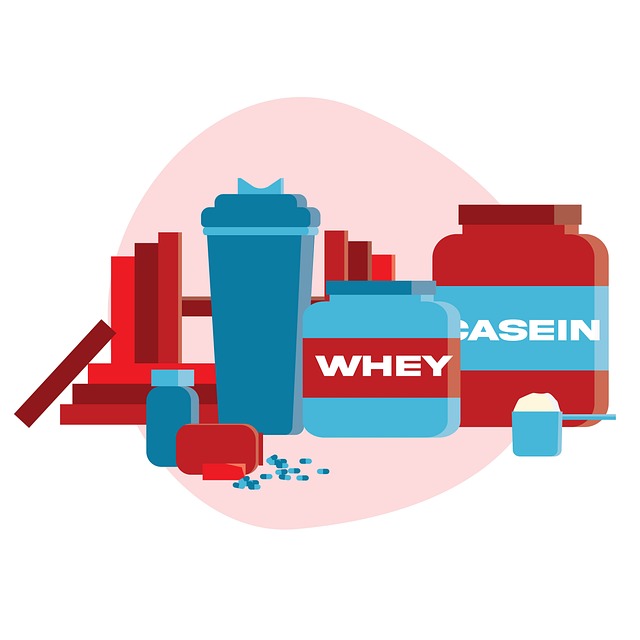Meal portioning strategies across life stages
Meal portioning for companion animals requires attention to changing energy needs, growth phases, reproductive status, and aging. Clear portioning strategies help maintain healthy weight, support development, and reduce disease risk. This article outlines practical guidance on nutrition, hydration, macronutrients, and portion adjustments, plus considerations for allergies, homemade diets, and enrichment to help caretakers feed pets appropriately across life stages.

How should nutrition change with life stages?
Nutrition needs shift as animals move from neonatal and juvenile phases into adulthood and later into senior years. Young animals require higher caloric density per kilogram to support growth and organ development, with emphasis on easily digestible protein and balanced fats. Adult maintenance focuses on steady energy intake to avoid weight gain, while seniors often need lower calories but higher-quality protein and added joint-support nutrients. Monitor body condition and energy level, and adjust meal portioning to reflect changes in activity, metabolism, and any medical guidance from a veterinarian.
What are portioning guidelines for growth and aging?
Portioning should be individualized by weight, breed, and activity. For growing animals, feed multiple small meals to distribute calories and nutrients evenly; portion sizes are usually based on expected adult weight and adjusted weekly. Adults typically transfer to two meals per day for many species, with portions calculated using metabolic body weight formulas or manufacturer feeding charts as starting points. Senior animals may benefit from smaller, more frequent meals if appetite diminishes or digestion slows. Regularly measure portions on a scale rather than relying on volume, and reassess portions every few weeks based on body condition score.
How to balance macronutrients, protein, and fat?
A balanced macronutrient profile supports life-stage demands: protein supplies amino acids for growth and tissue maintenance, while fats provide concentrated energy and essential fatty acids. Puppies and kittens often need higher protein and fat percentages than adults; mature animals require proportionate protein to preserve lean mass, and seniors may need slightly higher-quality protein to counter muscle loss. Tailor fat intake to activity level—working or very active animals need more energy-dense fat, whereas sedentary pets need lower fat to prevent weight gain. Read labels and choose diets formulated for the specific life stage to simplify achieving appropriate macronutrient ratios.
How to manage hydration and supplemental needs?
Hydration is foundational across all life stages. Ensure fresh water is always available and observe daily intake, which can change with diet type (wet vs. dry), temperature, and activity. Supplements should be used judiciously: certain life stages or conditions may benefit from omega-3 fatty acids, joint-support compounds, or specific vitamins, but unnecessary supplementation can cause imbalances. Consult a veterinarian before starting supplements, especially for growing or senior animals. If feeding homemade diets, consider working with a veterinary nutritionist to include required micronutrients and ensure adequate hydration strategies such as moist foods or added broths when appropriate.
How to handle allergies, intolerance, and labels?
Allergies and intolerances affect portioning through ingredient selection and monitoring. When a food allergy is suspected, an elimination trial with a single-protein or hydrolyzed diet can clarify triggers; follow prescribed portioning to avoid confounding the trial. Reading labels helps identify protein sources, fillers, and additives. Portioning based on caloric needs rather than cup measures can prevent inadvertent over- or underfeeding when switching formulas. For animals with digestive sensitivities, smaller, more frequent meals and easily digestible proteins can reduce upset and improve nutrient uptake.
Can homemade meals and enrichment fit daily feeding?
Homemade diets can work across life stages but require careful formulation for complete nutrition. Portioning homemade meals involves calculating daily caloric needs, dividing into meals, and ensuring macronutrient balance and micronutrient adequacy. Enrichment—using puzzle feeders, scattering meals, or offering slow-feed devices—can make portions more engaging and support mental stimulation, often slowing intake and promoting satiety. For life stages prone to obesity, enrichment that increases activity while keeping caloric intake controlled is useful. Always document recipes and portion sizes, and periodically review them with a qualified nutrition professional.
Conclusion Effective meal portioning across life stages combines awareness of shifting energy demands, balanced macronutrients, adequate hydration, and individualized adjustments for allergies, intolerance, or special conditions. Use body condition scoring, consistent portion measurement, and lifecycle-specific diets as practical tools. When considering homemade feeding or supplements, seek professional guidance to ensure nutritional completeness. Regular monitoring and small, evidence-based adjustments help maintain health, support development, and improve quality of life throughout an animal’s lifespan.




